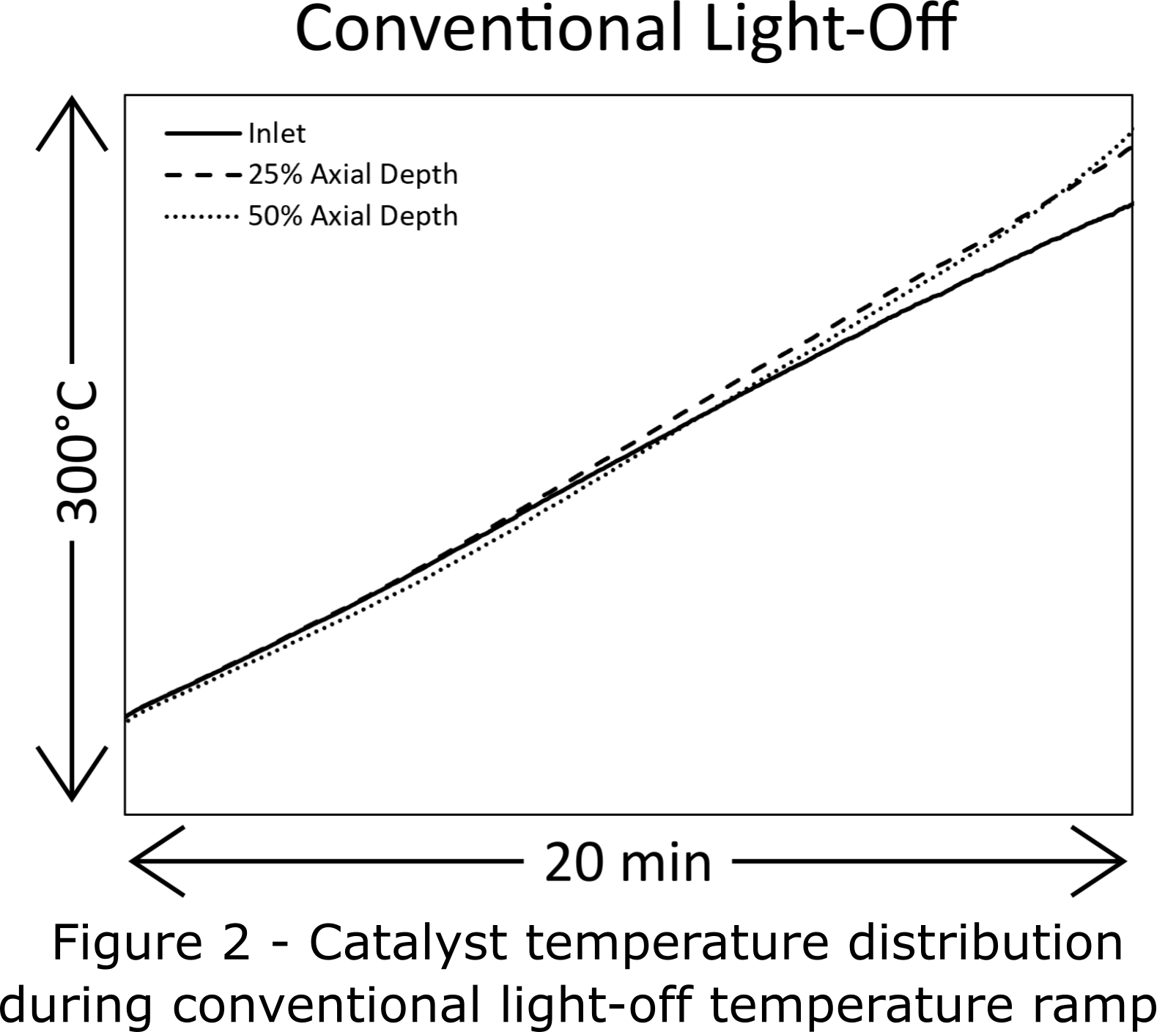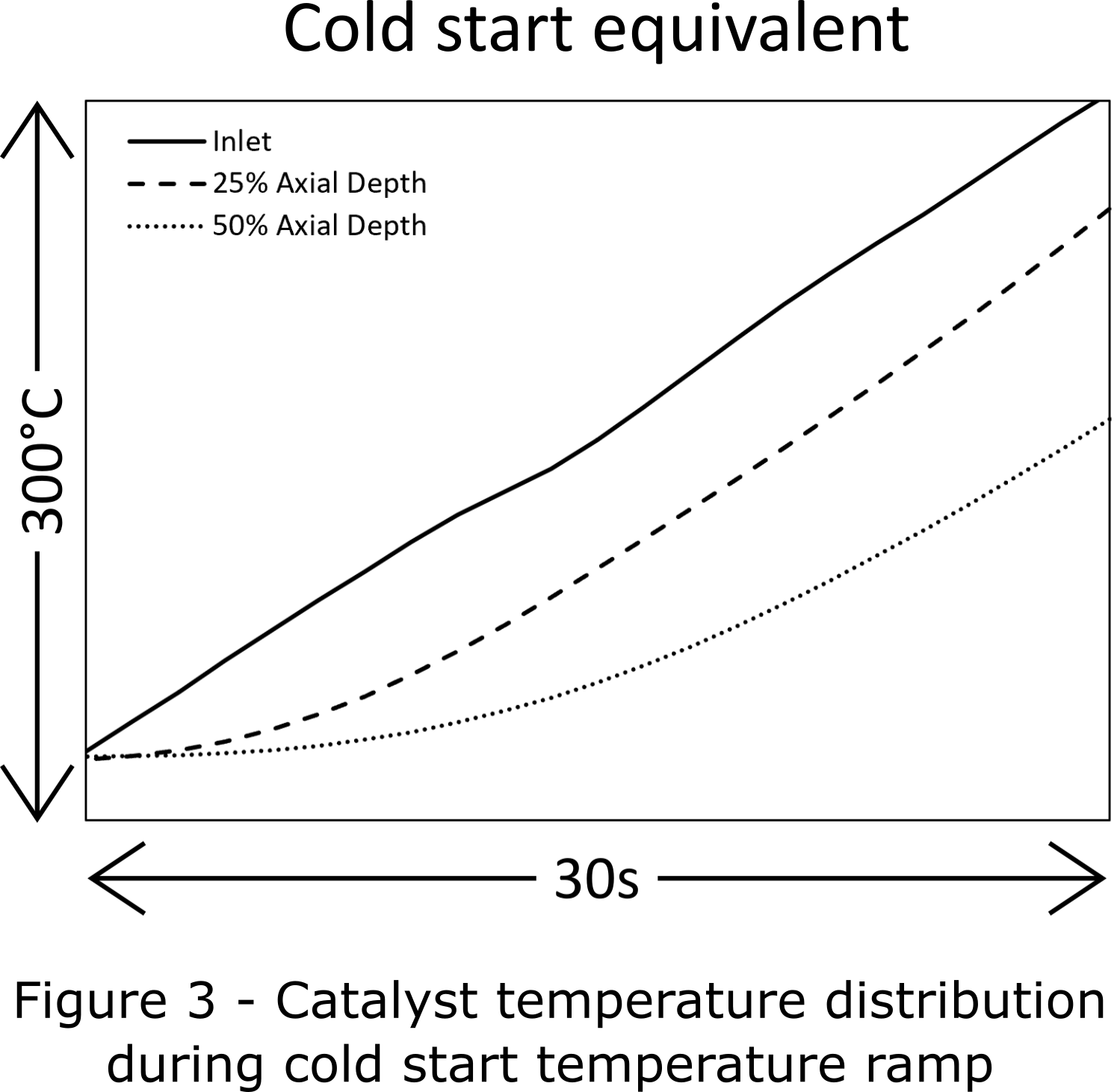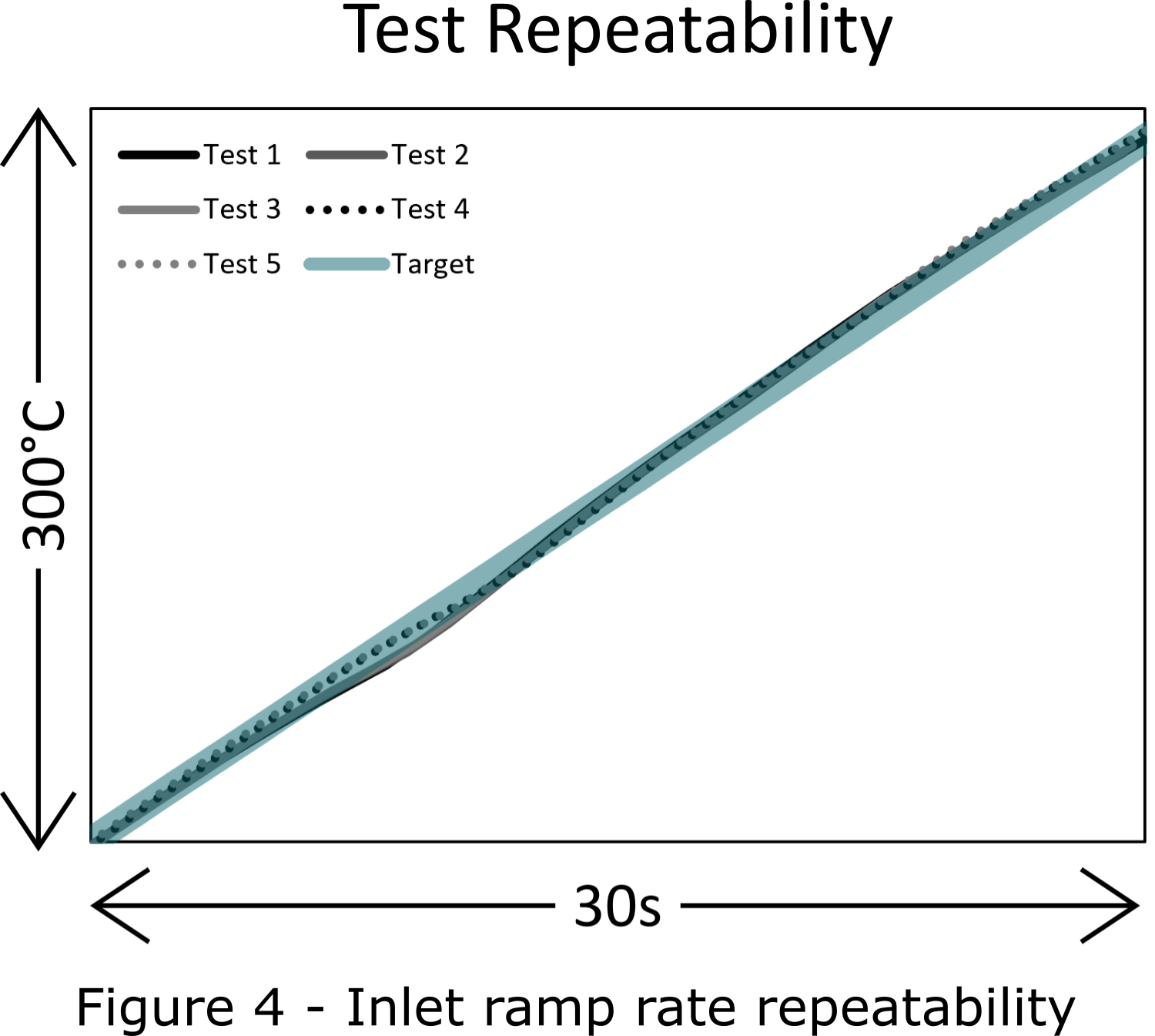by Dr Kurtis Elliott, Principal Engineer and Motorcycle Catalysis Expert at CATAGEN
A key challenge in the development of a new powertrain or aftertreatment system is the control and impact of cold start emissions. Increased reductions in emissions legislations as we move towards Euro 5 are forcing an increased focus on aftertreatment systems for motorcycle OEMs. Figure 1 details normalised drive cycle emissions over an 1800 second cycle, there is a clear change in gradient at approximately 200 seconds where the catalyst begins to light-off.
Although this initial period is only 20-40% of the total cumulative emissions, as the catalyst performance and motorcycle calibrations will get better, the total conversion will increase and hence the cold start emissions will begin to play a larger part of total cumulative emissions. Therefore, it is an important area of focus for current aftertreatment development.
Over recent years new aftertreatment technologies have been proposed and implemented to help overcome the cold start emissions challenge. While there may be a number or perhaps a combination of solutions in which OEMS will investigate, a key step in the process is understanding the behaviour of the catalyst. If we consider conventional methods of analysing catalyst activity such as a light-off test, we can characterise the level of catalyst activity based on temperature. This would suggest that we can use data from this to understand the cold start emissions behaviour. However, this is not strictly true, and the reasons for this are discussed below.
A conventional light-off test with a ramp rate of 15°C/min, results in a slow and steady rise in catalyst inlet temperature. This allows the catalyst to experience a uniform temperature distribution throughout the monolith longitudinally which effectively promotes catalyst activity throughout the entire brick. This slow inlet temperature ramp rate does not accurately represent the conditions the catalyst will experience under real operating conditions, or cold start conditions.
Rather than experiencing a uniform temperature distribution, under rapid heating (vehicle cold start), a steep temperature gradient is experienced along the catalyst due to its thermal inertia. The contrasting thermal profiles through the catalyst monolith are illustrated in Figures 2 and 3, where catalyst inlet temperatures were ramped at vastly different rates (approximately 40x difference). Figure 2 shows the catalyst temperature distribution during a conventional light off (up to around 10% conversion), with Figure 3 showing a cold start simulated equivalent.
The non-uniform temperature distribution through the catalyst during cold start is clear, but what does this mean for aftertreatment system performance? To answer this, we can reflect on what was outlined above around the purpose of a light-off test – characterising the activity of a catalyst against temperature. If we consider a simplified case where catalyst loading and dispersion are uniform along the length of the monolith, throughout the cold start test we would see non-uniform activity along the catalyst, with the front face ‘lighting off’ first.
In fact, this behaviour can be (and is often) leveraged by the aftertreatment system designer, to improve catalyst performance during cold start through the use of additional PGM (Platinum Group Metal) loading towards the front of the monolith. The opposite effect can be witnessed with the aftertreatment system in service, due to non-uniform catalyst deactivation. Across many applications, catalyst hardware will experience additional deactivation towards the front face of the catalyst, particularly when considering multi-cat systems. In terms of cold start performance, aftertreatment systems with high front face deactivation must overcome additional thermal inertia before good emissions conversion performance is realised, with the additional warmup time resulting in increased tailpipe emissions.
The key takeaway is that the localised deactivation in the critical front face area of the catalyst may not be captured by a conventional light-off test. In fact, conventional light-off tests could show that catalysts with and without localised deactivation have similar overall activity, when in fact the cold start emissions performance could be substantially different. In order to overcome this challenge CATAGEN have developed a highly reproducible cold start equivalent, or fast, light-off test. This is designed to represent the rapid heating of the aftertreatment system in a controlled and repeatable manner. The CATAGEN Cold Start Emissions test or Fast Light-Off consists of an inlet temperature ramp at 10°C/second with constant mass flow and exhaust gas composition. This test provides additional insight into the performance of the aftertreatment system, allowing the impact of localised catalyst degradation to be evaluated.
The new, repeatable, Cold Start Emissions test at CATAGEN has been developed to provide additional insight into catalyst performance, allowing localised deactivation in the critical front face region to be investigated. This is particularly useful for golden catalyst replication activities, or for R&D type work where the additional insight can add significant value. Recent R&D activities at CATAGEN have involved the development of an Artificial Intelligence framework to support various testing activities. This can be utilised to develop a vehicle representative cold start emissions profile on a case-by-case basis where necessary, to add further value over the standard fixed ramp rate test offering.
More about Dr Kurtis Irwin
Kurtis earned a PhD in 2019 in Automotive Catalysis from Queen’s University Belfast. He focused on understanding the degradation rate in automotive catalytic convertors. Prior to his PhD he earned a five-year Masters Degree in Mechanical Engineering.
Book a 30min Technical Discovery Call with one of our experts to find out more – https://catagen.com/contact
Or download our latest Guide to Motorcycle Thrifting
More Motorcycle Content:



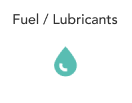


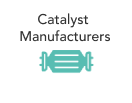




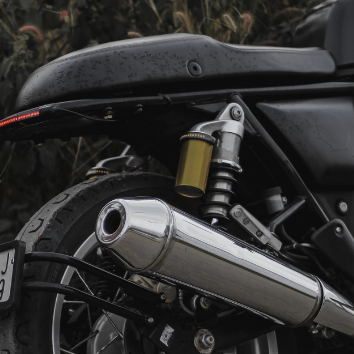
 Figure 1 – Normalised Cumulative Emissions
Figure 1 – Normalised Cumulative Emissions